Home>diy>Building & Construction>What Is A USDA Construction Loan
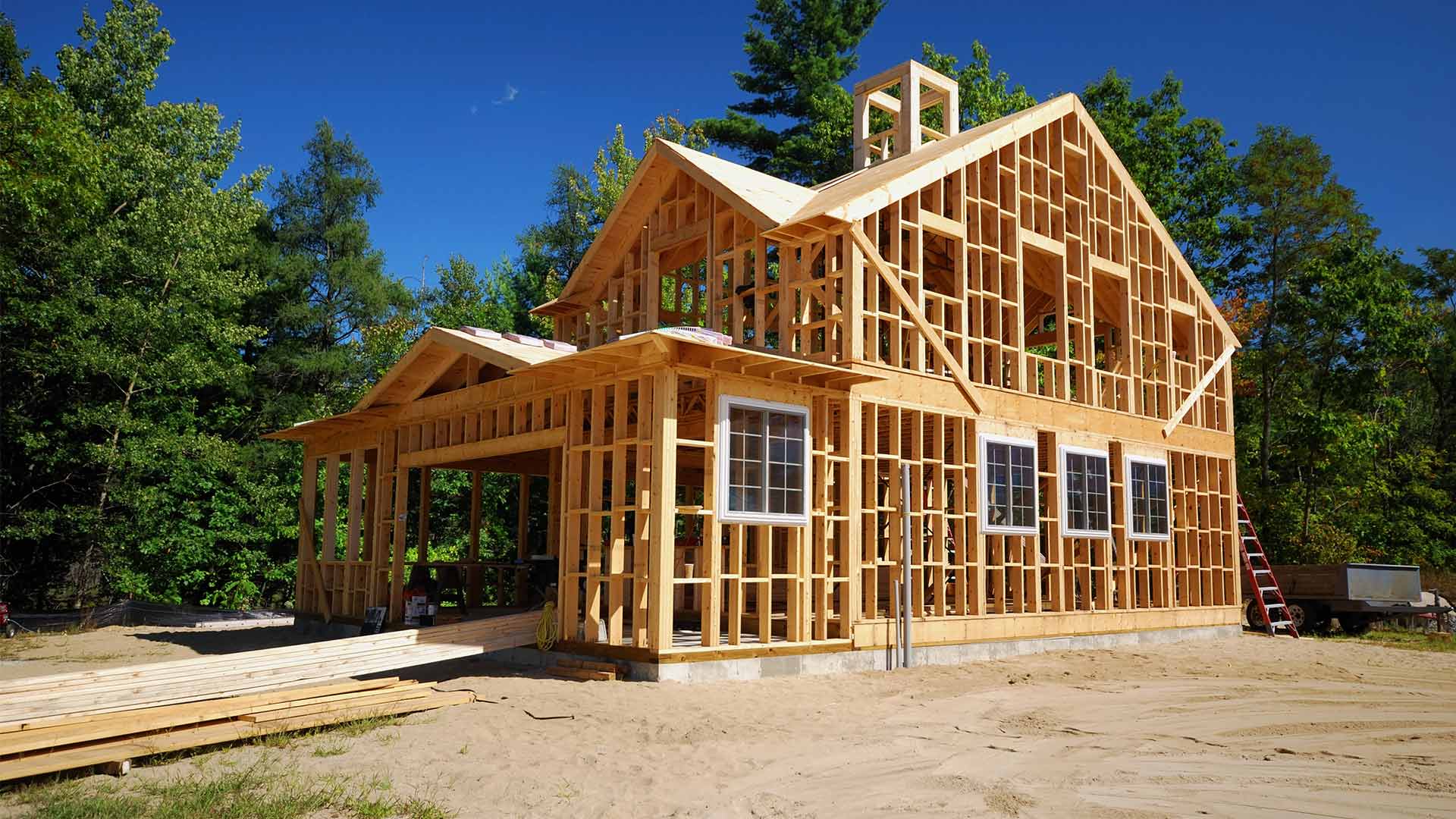

Building & Construction
What Is A USDA Construction Loan
Modified: March 6, 2024
Learn more about USDA construction loans and how they can help you finance your building construction project. Find out eligibility requirements and benefits.
(Many of the links in this article redirect to a specific reviewed product. Your purchase of these products through affiliate links helps to generate commission for Storables.com, at no extra cost. Learn more)
Introduction
Welcome to the world of USDA construction loans! If you’re considering building your dream home in a rural area, this type of loan can be a game-changer. USDA construction loans are specifically designed to help individuals and families finance the construction of a new home in eligible rural areas. In this article, we will dive into the details of USDA construction loans, exploring their benefits, eligibility requirements, application process, and more.
Building a home from scratch is an exciting journey, but it can also be a daunting and expensive endeavor. Traditional construction loans often come with high down payments, rigid terms, and stringent credit requirements. This is where USDA construction loans come in, offering a more accessible and affordable option.
As a part of the United States Department of Agriculture’s Rural Development Program, USDA construction loans aim to promote rural development and homeownership. These loans are backed by the government and provide financing options to low- to moderate-income individuals and families who wish to build their homes in designated rural areas.
USDA construction loans come with several advantages that make them an attractive choice for aspiring homeowners. From affordable interest rates to flexible credit requirements, these loans offer numerous benefits that can make your dream home a reality.
In the following sections, we will dive into the nitty-gritty details of USDA construction loans, including eligibility requirements, application process, loan terms, and the differences between USDA construction loans and traditional construction loans. By the end of this article, you will have a solid understanding of how USDA construction loans work and whether they are the right choice for you.
Key Takeaways:
- USDA construction loans offer 100% financing, lower interest rates, and flexible credit requirements, making it easier for individuals and families to build their dream homes in rural areas.
- Eligibility requirements for USDA construction loans include property location, income limits, credit history, and builder qualifications. Meeting these criteria can increase the chances of loan approval and move the construction project forward.
Read more: How To Apply For A USDA Construction Loan
Overview of USDA Construction Loans
USDA construction loans are loans that are specifically designed to assist individuals and families in financing the construction of a new home in eligible rural areas. These loans fall under the USDA’s Rural Development Program, which aims to promote rural development and increase homeownership in rural communities.
One of the key features of USDA construction loans is that they offer 100% financing, which means that borrowers can potentially cover the entire cost of the construction project without having to make a down payment. This can substantially reduce the financial burden and make building a new home more accessible for individuals and families with limited financial resources.
Another advantage of USDA construction loans is that they typically come with lower interest rates compared to traditional construction loans. This can result in significant savings over the life of the loan and make the monthly mortgage payments more affordable.
USDA construction loans also offer flexible credit requirements, making it easier for individuals with less-than-perfect credit scores to qualify for the loan. While credit history is taken into consideration, USDA construction loans have more lenient credit guidelines compared to traditional construction loans. This opens up doors for borrowers who may have previously struggled to obtain financing for their home construction projects.
It’s important to note that USDA construction loans are only available in designated rural areas. The USDA has specific eligibility maps that outline the eligible areas, and borrowers must ensure that the location of their intended construction project falls within these designated areas.
Overall, USDA construction loans provide an affordable and accessible option for individuals and families looking to build their dream homes in rural areas. From 100% financing to lower interest rates and flexible credit requirements, these loans offer numerous benefits that make the construction process more attainable for aspiring homeowners.
Benefits of USDA Construction Loans
USDA construction loans offer several benefits that make them an attractive option for individuals and families looking to build their homes in rural areas. Let’s explore some of the key advantages of these loans:
- 100% Financing: One of the biggest benefits of USDA construction loans is that they provide 100% financing. This means that borrowers can potentially cover the entire cost of their home construction project without having to make a down payment. It greatly reduces the financial burden and allows more individuals and families with limited savings to pursue their dream of building a home.
- Lower Interest Rates: USDA construction loans typically offer lower interest rates compared to traditional construction loans. This can result in significant savings over the life of the loan and make the monthly mortgage payments more affordable. Lower interest rates also mean that borrowers can potentially qualify for a higher loan amount, allowing them to build a larger, more desirable home.
- Flexible Credit Requirements: Unlike traditional construction loans that have strict credit requirements, USDA construction loans have more flexible guidelines. While credit history is taken into consideration, borrowers with less-than-perfect credit scores may still qualify for the loan. This gives individuals who may have faced challenges in obtaining financing in the past a chance to build their dream homes.
- No Private Mortgage Insurance (PMI): Another advantage of USDA construction loans is that they do not require private mortgage insurance (PMI). PMI is typically required for loans with a down payment of less than 20%. By eliminating the need for PMI, borrowers can save on monthly mortgage payments and reduce their overall mortgage expenses.
- Support for Rural Development: USDA construction loans are part of the USDA’s Rural Development Program, which aims to promote rural development and increase homeownership in rural areas. By financing home construction projects in eligible rural locations, these loans contribute to the growth and sustainability of rural communities.
Overall, USDA construction loans offer a range of benefits that make them an attractive choice for individuals and families looking to build their homes in rural areas. From 100% financing to lower interest rates, flexible credit requirements, and support for rural development, these loans provide a path to homeownership for those who would otherwise face challenges in obtaining financing for their construction projects.
Eligibility Requirements for USDA Construction Loans
To be eligible for a USDA construction loan, borrowers must meet certain requirements set by the United States Department of Agriculture. These requirements ensure that the loan is provided to individuals and families who truly need assistance in financing their home construction projects. Here are the key eligibility criteria for USDA construction loans:
- Location of the Property: The property for which the construction loan is being sought must be located in an eligible rural area. The USDA has specific eligibility maps that outline the designated rural areas. It’s important to consult these maps or check with the local USDA office to determine if the property falls within the eligible location.
- Income Limit: USDA construction loans have income limits based on the borrower’s household size and the county in which the property is located. The income limits are designed to ensure that the loan benefits low- to moderate-income individuals and families. Borrowers must have a stable and dependable source of income to qualify for the loan.
- U.S. Citizenship or Permanent Residency: Borrowers applying for USDA construction loans must be either U.S. citizens or permanent residents with a valid social security number.
- Credit History: While USDA construction loans have more flexible credit requirements compared to traditional construction loans, borrowers are still required to have a reasonable credit history. This includes having a satisfactory repayment history on previous debts and a willingness and ability to meet the financial obligations of the construction loan.
- Builder Experience and Qualifications: The builder or contractor responsible for the construction project must meet certain requirements set by the USDA, including having experience in building residential properties and the necessary licenses and insurance. The USDA may also require the builder to provide a detailed construction plan and cost estimate.
- Capacity for Repayment: Borrowers must demonstrate their capacity to repay the loan by providing proof of income, employment history, and other financial documents. Lenders will assess the borrower’s ability to manage the monthly mortgage payments and meet the financial obligations of the construction loan.
It’s important to note that while meeting these eligibility requirements is necessary, it does not guarantee approval for a USDA construction loan. The final decision on loan approval rests with the lender, who will evaluate all the factors, including creditworthiness and ability to repay the loan.
By meeting the eligibility requirements and providing all the necessary documentation, borrowers can increase their chances of qualifying for a USDA construction loan and move forward with their home construction project in a rural area.
How to Apply for a USDA Construction Loan
If you meet the eligibility requirements and are ready to apply for a USDA construction loan, here’s a step-by-step guide to help you through the application process:
- Find a USDA-approved lender: The first step is to find a lender who offers USDA construction loans. Not all lenders participate in the USDA program, so it’s important to find one that is approved to offer these loans. You can search for USDA-approved lenders online or contact the local USDA office for a list of approved lenders in your area.
- Gather necessary documents: Before applying for the loan, gather all the necessary documents that will be required during the application process. This may include proof of income, employment history, credit history, building plans and cost estimates, and other financial documents. It’s important to have these documents ready to expedite the application process.
- Complete the loan application: Contact the lender and schedule an appointment to complete the loan application. During this stage, you will need to provide the lender with all the necessary information and documentation. Be prepared to answer questions about your income, employment, credit history, and the details of your construction project.
- Wait for loan approval: After submitting the loan application, the lender will review your information and make a decision on whether to approve the loan. This process may take some time, as the lender needs to assess your creditworthiness, evaluate the construction plans, and ensure that you meet all the eligibility requirements for a USDA construction loan.
- Receive loan approval: If your loan application is approved, you will receive an official loan approval letter from the lender. This letter outlines the terms and conditions of the loan and provides instructions on the next steps in the process.
- Close on the loan: Once you receive loan approval, you will need to schedule a closing with the lender. During the closing, you will sign the necessary paperwork, including the loan agreement and any additional documents required by the lender. You may also need to provide any remaining documentation requested by the lender.
- Begin the construction process: After closing on the loan, you can begin the construction process for your new home. It’s important to work closely with your builder or contractor to ensure that the project stays on track and is completed within the agreed-upon timeline.
It’s worth noting that the application process may vary slightly from lender to lender. It’s recommended to consult with the lender directly to understand their specific requirements and guidelines for applying for a USDA construction loan.
By following these steps and working closely with your lender, you can navigate the application process and move closer to building your dream home with the help of a USDA construction loan.
A USDA construction loan is a type of loan offered by the U.S. Department of Agriculture for building or renovating homes in rural areas. It can be a great option for those looking to build in eligible areas with low to moderate incomes.
Read more: Who Is Eligible For A USDA Construction Loan
Loan Terms and Conditions
When obtaining a USDA construction loan, it’s important to understand the terms and conditions that come with the loan. These terms and conditions will outline various aspects of the loan, including repayment terms, interest rates, fees, and other important details. Here are the key loan terms and conditions to consider:
- Loan Amount: The loan amount for a USDA construction loan is based on the total cost of the construction project, including land acquisition, building materials, and labor costs. The USDA provides 100% financing, which means that borrowers may be able to cover the entire cost of the construction project without a down payment.
- Interest Rate: USDA construction loans typically offer lower interest rates compared to traditional construction loans. The exact interest rate will depend on various factors such as the borrower’s creditworthiness, current market conditions, and the terms of the loan. It’s important to discuss the interest rate with your lender and understand how it will affect your monthly payments.
- Repayment Term: The repayment term for a USDA construction loan can vary, but it typically ranges from 15 to 30 years. During the construction phase, borrowers may only need to make interest payments. Once the construction is complete and the home is move-in ready, the loan will transition into a permanent mortgage, and borrowers will begin making principal and interest payments.
- Fees and Closing Costs: Like any other loan, USDA construction loans may have fees and closing costs associated with them. These fees can include loan origination fees, appraisal fees, title insurance fees, and other closing costs. It’s essential to review and understand these fees before closing on the loan to ensure that you are prepared for the financial obligations.
- Builder and Construction Process: USDA construction loans typically require the borrower to work with a qualified builder or contractor. The builder’s qualifications and construction plans will need to be reviewed and approved by the USDA or the lender. It’s important to choose a builder with experience and expertise in residential construction to ensure smooth progress and adherence to building codes and regulations.
- Draw Process: During the construction phase, funds are disbursed to the builder in incremental payments known as draws. The draws are typically based on the completion of specific stages of the construction project. The borrower, builder, and lender will work together to establish a draw schedule to ensure that funds are released appropriately throughout the construction process.
- Conversion to Permanent Mortgage: Once the construction is complete and the home is move-in ready, the loan will transition into a permanent mortgage. At this point, the borrower will begin making principal and interest payments based on the terms of the loan agreement.
It’s essential to carefully review and understand the terms and conditions of the USDA construction loan before proceeding with the loan. You should ask any questions you may have and work closely with your lender to ensure that you are comfortable with the terms and fully understand your financial obligations.
By being well-informed about the loan terms and conditions, you can make informed decisions throughout the construction process and enjoy the benefits of your new home with the help of a USDA construction loan.
Differences between USDA Construction Loans and Traditional Construction Loans
While both USDA construction loans and traditional construction loans serve the purpose of financing the construction of a new home, there are several key differences between the two. Understanding these differences can help you determine which type of loan is the right fit for your specific needs. Let’s explore the main distinctions:
- Location Restrictions: One of the primary differences between USDA construction loans and traditional construction loans is the geographic eligibility. USDA construction loans are specifically designed for individuals and families looking to build in designated rural areas. On the other hand, traditional construction loans are not restricted to any specific location and can be used for building in urban, suburban, or rural areas.
- Down Payments: USDA construction loans offer 100% financing, which means that borrowers may be able to cover the total cost of the construction project without a down payment. This is a significant advantage for borrowers who do not have substantial savings for a down payment. In contrast, traditional construction loans often require a down payment, which can range from 10% to 20% or more of the total construction cost.
- Interest Rates: Another notable difference is the interest rates. USDA construction loans typically offer lower interest rates compared to traditional construction loans. This can result in significant long-term savings for the borrower. Traditional construction loans may have higher interest rates, depending on the borrower’s creditworthiness and market conditions.
- Credit Requirements: USDA construction loans have more flexible credit requirements compared to traditional construction loans. While credit history is still taken into consideration, borrowers with less-than-perfect credit scores may still qualify for a USDA loan. Traditional construction loans generally have stricter credit requirements and may require higher credit scores for approval.
- Private Mortgage Insurance (PMI): USDA construction loans do not require private mortgage insurance (PMI) even with zero down payment, which can save the borrower money on monthly mortgage payments. Traditional construction loans typically require PMI if the down payment is less than 20% of the total construction cost. This can add additional costs to the borrower’s monthly mortgage payments.
- Income Limit: USDA construction loans have income limits based on the borrower’s household size and the county in which the property is located. These income limits aim to target low- to moderate-income individuals and families. Traditional construction loans do not have income limits and are generally accessible to a wider range of income levels.
It’s important to carefully consider these differences based on your specific circumstances and goals when choosing between a USDA construction loan and a traditional construction loan. Evaluating factors like your desired location, available funds for a down payment, credit history, and income level will help guide your decision and determine the loan that best suits your needs.
Remember to consult with a mortgage lender or financial advisor to gain a deeper understanding of each loan option and make an informed decision about the financing of your home construction project.
Frequently Asked Questions (FAQs) about USDA Construction Loans
Q: What is a USDA construction loan?
A: A USDA construction loan is a loan specifically designed to help individuals and families finance the construction of a new home in eligible rural areas. It is part of the USDA’s Rural Development Program and offers benefits such as 100% financing, lower interest rates, and flexible credit requirements.
Q: Who is eligible for a USDA construction loan?
A: To be eligible for a USDA construction loan, borrowers must meet certain criteria. This includes the property being located in a designated rural area, meeting income limits, having a reasonable credit history, and ensuring the builder or contractor meets specific qualifications set by the USDA.
Q: What are the benefits of a USDA construction loan?
A: USDA construction loans offer several benefits, including 100% financing, lower interest rates, flexible credit requirements, and support for rural development. These benefits make home construction more accessible and affordable for individuals and families looking to build in rural areas.
Q: Do USDA construction loans require a down payment?
A: USDA construction loans offer 100% financing, which means that borrowers may be able to cover the total cost of the construction project without a down payment. This is a significant advantage for borrowers who do not have substantial savings for a down payment.
Q: Are USDA construction loans only available for low-income households?
A: While USDA construction loans are designed to assist low- to moderate-income individuals and families, they are not exclusively limited to low-income households. Income limits are based on household size and the county in which the property is located. Borrowers with varying income levels may be eligible for a USDA construction loan as long as they meet the income limit criteria.
Q: Is PMI required for USDA construction loans?
A: Unlike traditional construction loans, USDA construction loans do not require private mortgage insurance (PMI). This can result in savings for borrowers on their monthly mortgage payments.
Q: How do I apply for a USDA construction loan?
A: To apply for a USDA construction loan, borrowers should find a USDA-approved lender, gather necessary documents including proof of income and credit history, complete the loan application, and wait for loan approval. Once approved, borrowers can proceed with the closing process to secure the loan and begin the home construction project.
Q: Can I use a USDA construction loan to renovate an existing home?
A: No, USDA construction loans are specifically intended for financing the construction of a new home in eligible rural areas. They cannot be used for renovating or repairing an existing home.
Q: Can I build any type of home with a USDA construction loan?
A: USDA construction loans allow for the construction of single-family homes, including detached houses, townhouses, and modular homes. However, certain property restrictions may apply, and it’s crucial to consult with the lender to ensure that your intended home construction meets the loan requirements.
Q: Can I use a USDA construction loan to purchase land?
A: USDA construction loans can include the cost of land acquisition as part of the loan amount. However, the land must be located in an eligible rural area, and borrowers must have plans for the construction of a new home on the acquired land.
Q: How long does the construction process typically take with a USDA construction loan?
A: The construction process can vary depending on the complexity of the project, weather conditions, and other factors. On average, it can take around six to twelve months to complete the construction of a new home with a USDA construction loan. It’s important to work closely with your builder or contractor to establish a realistic timeline for your specific construction project.
These are just a few of the frequently asked questions about USDA construction loans. To learn more and get specific answers tailored to your situation, it’s recommended to consult with a USDA-approved lender or reach out to the local USDA office for further guidance.
Conclusion
USDA construction loans provide a valuable opportunity for individuals and families to build their dream homes in eligible rural areas. These loans offer numerous benefits, including 100% financing, lower interest rates, and flexible credit requirements. They are specifically designed to support rural development and increase homeownership in rural communities.
By offering 100% financing, USDA construction loans make the construction process more accessible and affordable for borrowers who may not have substantial savings for a down payment. The lower interest rates and flexible credit requirements further enhance the affordability and accessibility of these loans.
It’s important to remember that USDA construction loans have specific eligibility requirements based on property location, income limits, credit history, and builder qualifications. By meeting these requirements and working with a USDA-approved lender, borrowers can move closer to building their dream homes.
The application process for a USDA construction loan involves finding a USDA-approved lender, gathering the necessary documents, completing the loan application, and waiting for loan approval. Once approved, borrowers can proceed with the closing process and start the construction of their home.
It’s crucial to understand the loan terms and conditions, including interest rates, repayment terms, and fees. Comparing USDA construction loans to traditional construction loans can help borrowers determine the best financing option based on their specific needs, desired location, and available financial resources.
In conclusion, USDA construction loans are a valuable resource for individuals and families looking to build their homes in eligible rural areas. From 100% financing to lower interest rates and flexible credit requirements, these loans offer the opportunity for homeownership and contribute to the growth and sustainability of rural communities.
If you are considering building a home in a rural area, it’s highly recommended to explore the options available through USDA construction loans. Consult with a USDA-approved lender or reach out to the local USDA office to determine your eligibility and take advantage of this beneficial program.
With the support of a USDA construction loan, you can turn your vision of a dream home into reality, creating a place to cherish and cherish memories for years to come.
Frequently Asked Questions about What Is A USDA Construction Loan
Was this page helpful?
At Storables.com, we guarantee accurate and reliable information. Our content, validated by Expert Board Contributors, is crafted following stringent Editorial Policies. We're committed to providing you with well-researched, expert-backed insights for all your informational needs.


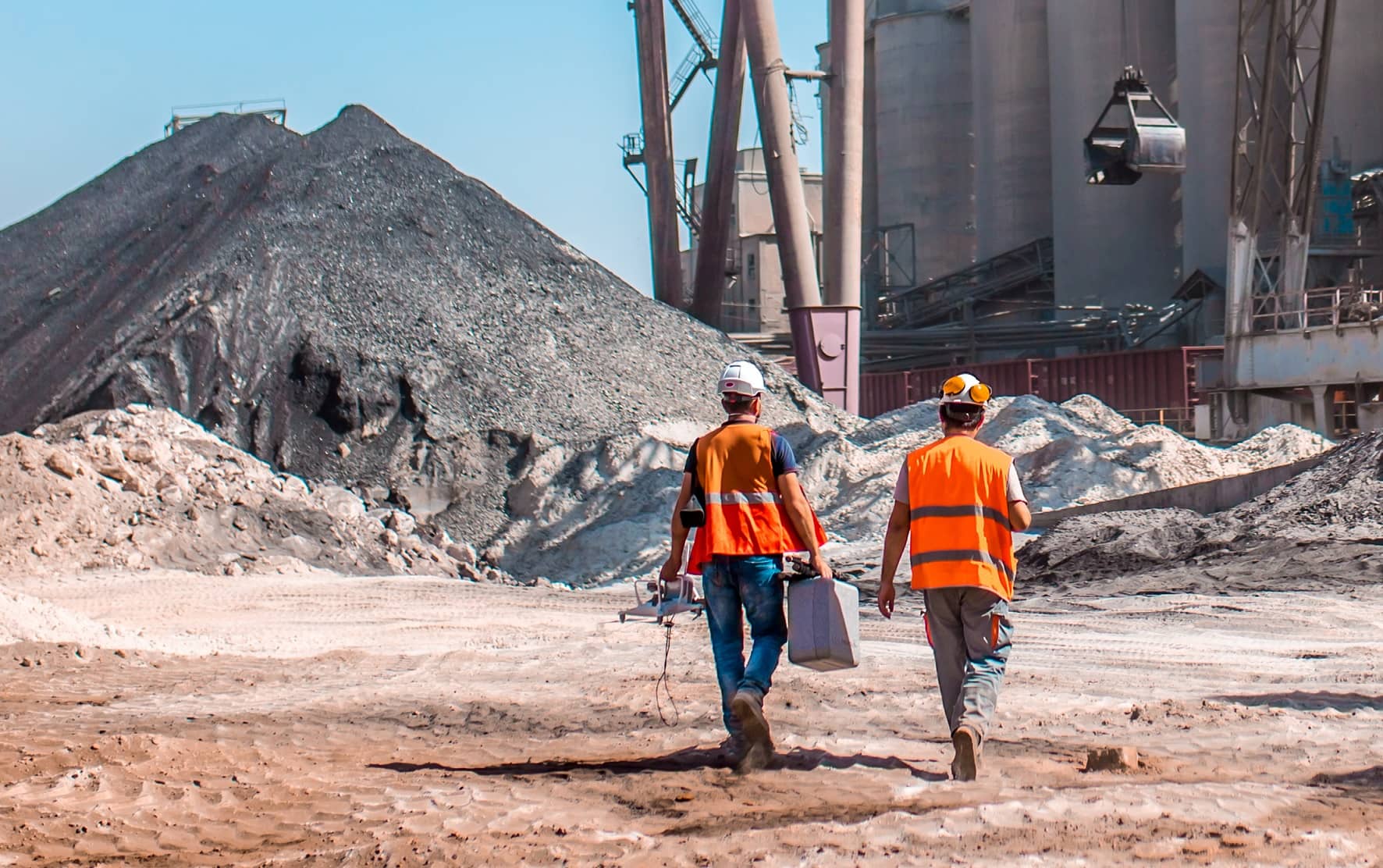
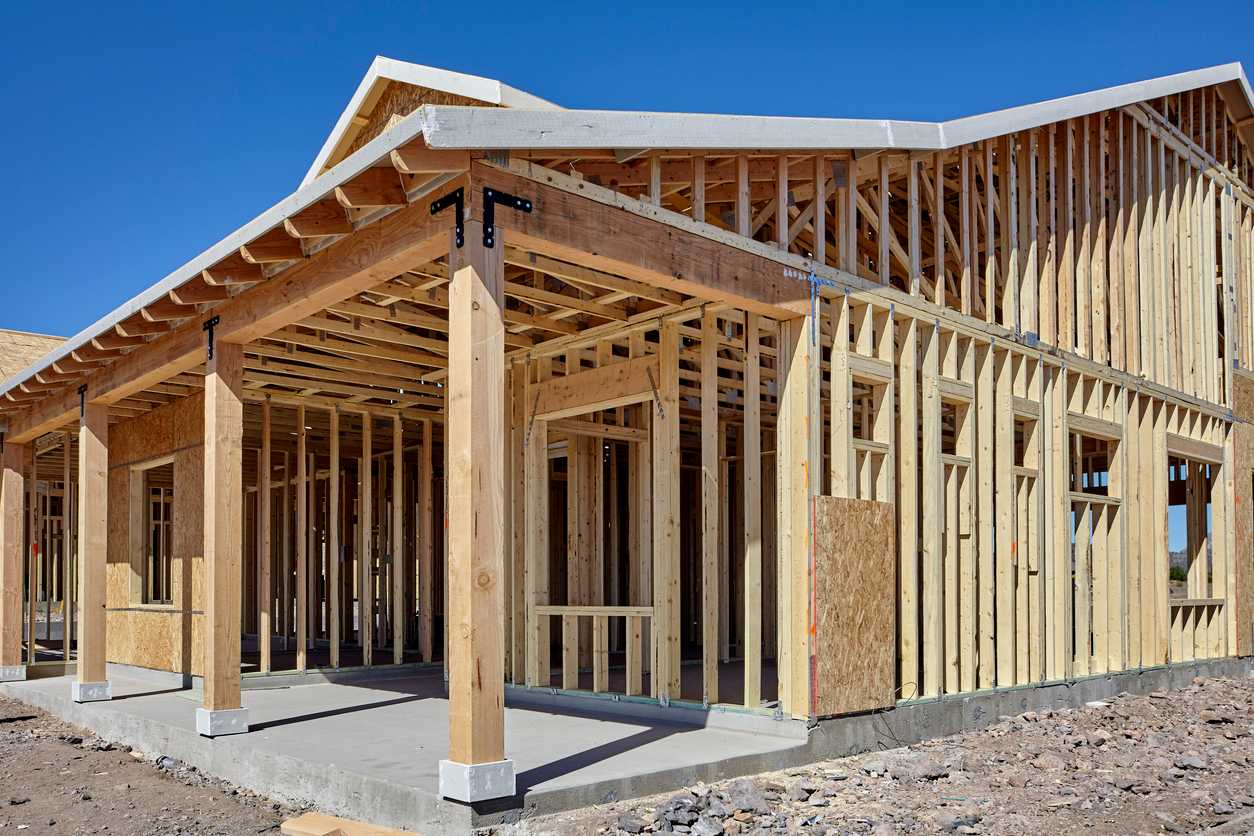
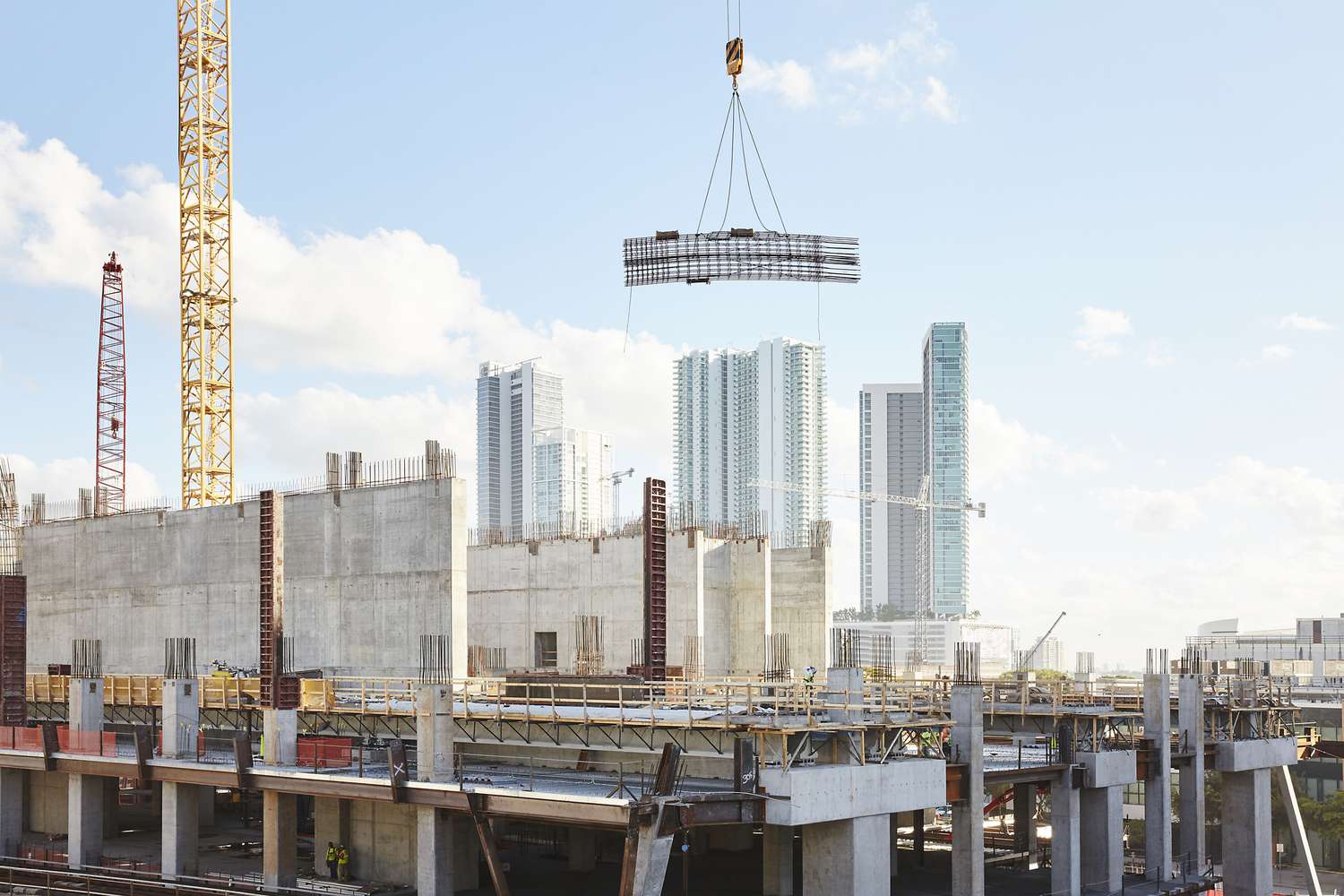

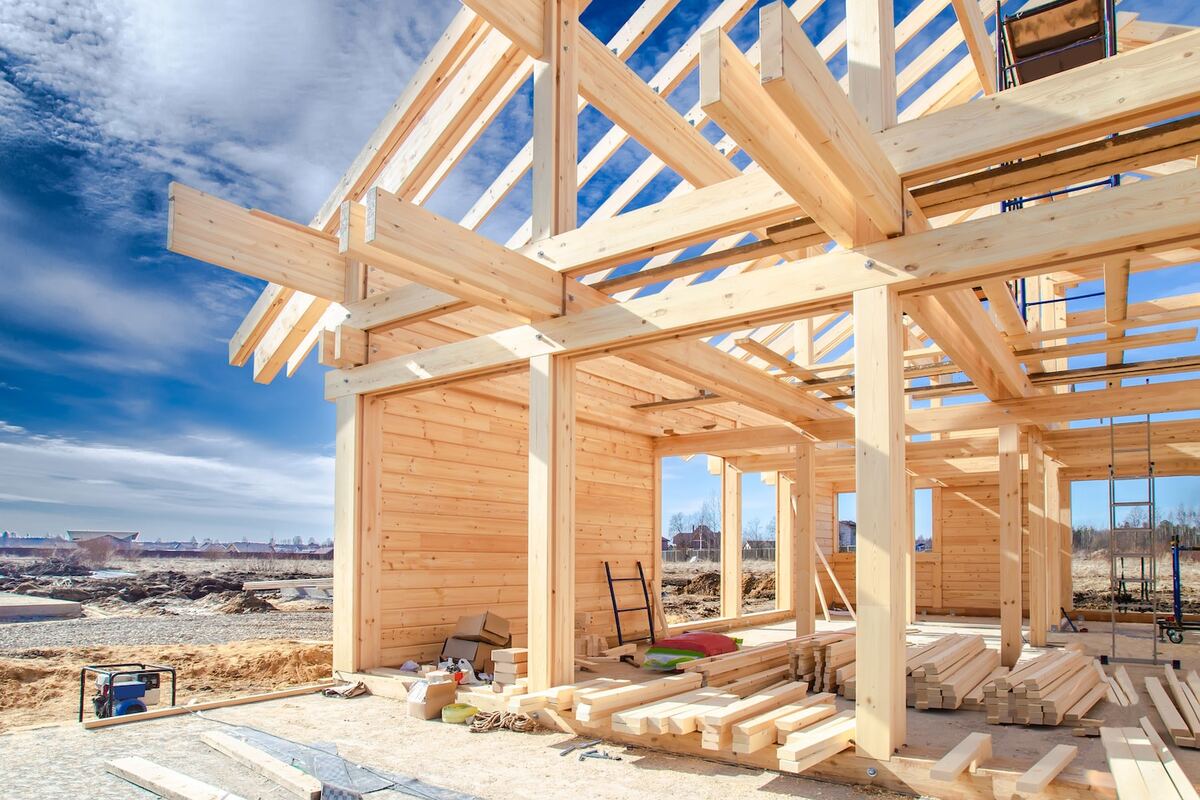




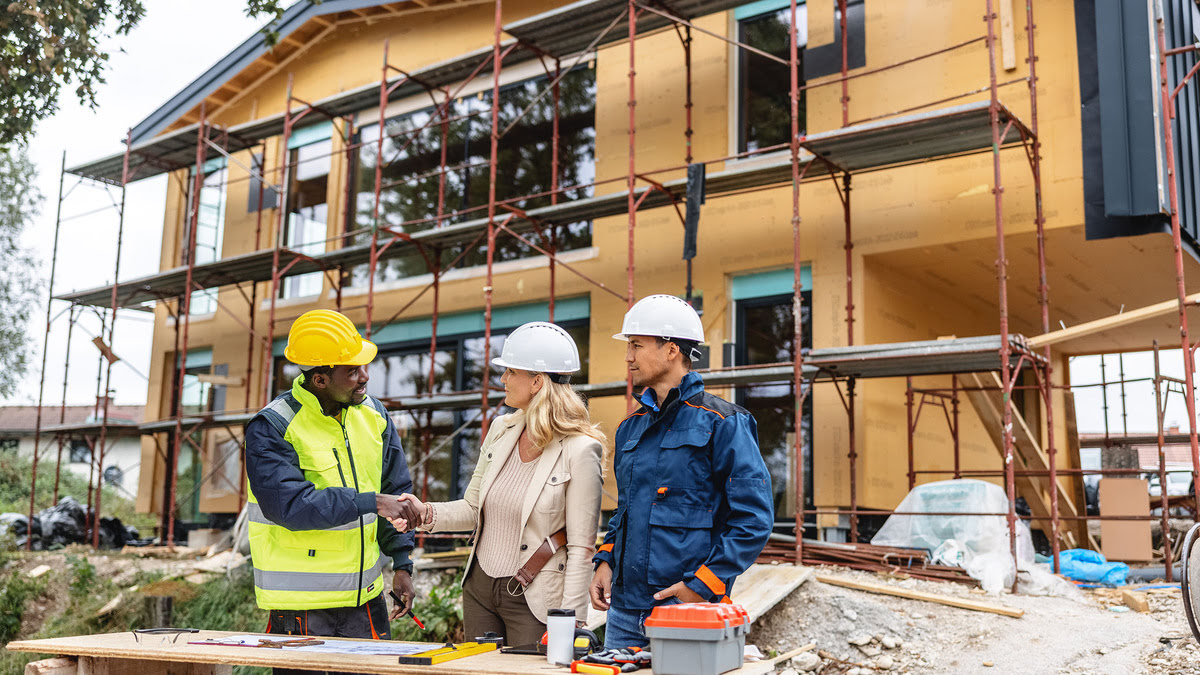



0 thoughts on “What Is A USDA Construction Loan”